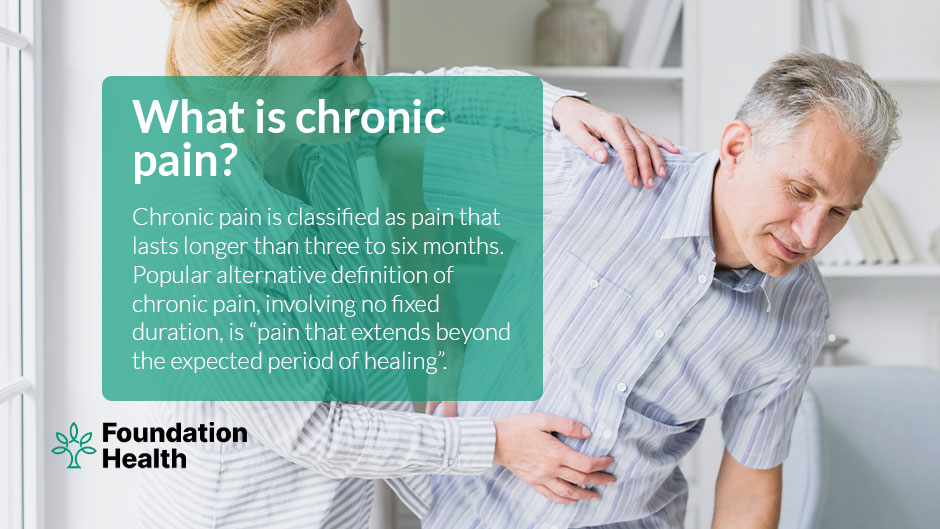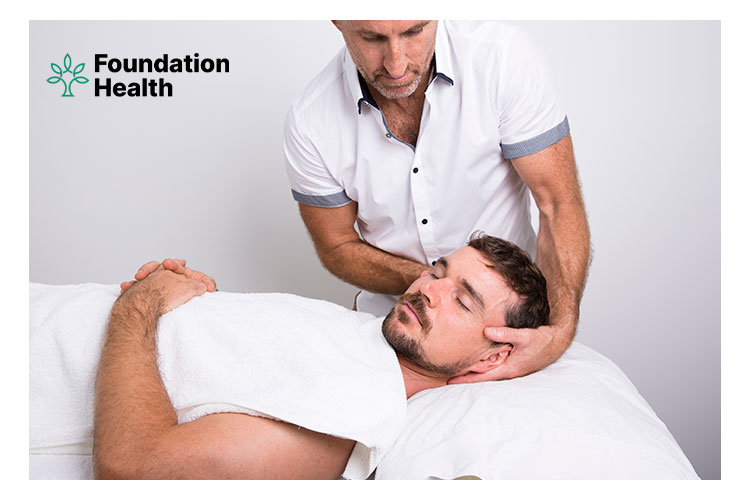A large percentage of the population suffers from chronic pain; however, the mechanisms that cause chronic pain are largely unknown. There has been a great deal of research in this area in recent years, with Australia being at the forefront.
It’s been discovered that 1 in every 5 Australians over 45 suffers from chronic pain.
It is considered chronic when pain lasts longer than the anticipated time for an injury to heal. Chronic pain makes daily life extremely difficult, but some strategies may be beneficial.
If you’re suffering from chronic pain, you no longer need to suffer in silence. There are many osteopathic treatments available which may be beneficial
What is chronic pain?
As defined by Healthdirect, a government-owned non-profit organisation; chronic pain is pain lasting more than three months or, in many cases, longer than the average healing period. It can range from mild to severe and is distinct from acute pain, which occurs quickly and lasts for a short period.
Chronic pain occurs when an injury does not heal, and the pain lasts for more than 12 weeks. At this point, the body has had a reasonable amount of time to recover, and the acute inflammatory process has ended. The body reacts to a painful stimulus, but there is no heat, redness or swelling.
According to current pain science, the brain adapts its neural pathways to accommodate consistent and prolonged pain.
Chronic pain can thus be viewed as a disease rather than a natural response to painful stimuli. It can be extremely debilitating and the emotional, psychological and social impact can be as significant as its physical impact.

Common causes of chronic pain
Chronic illnesses such as migraine headaches, osteoporosis, or arthritis can cause this type of pain. It can also occur as a result of an injury or as a result of surgery. Other causes can be poor posture, poor sleeping posture, being overweight or improper repetitive lifting of heavy objects.
Sometimes the cause is unknown, but the pain persists regardless of the cause. As a result, this type of pain has been linked to depression and other mood disorders.
Maybe something about sensitisation of the nervous system?, Boom, bust cycles – ie once in a chronic pain cycle, you can overstimulate the nervous system causing chronic pain flares, so desensitisation – OMT, SMART goals, Pacing and baselines for minimum and maximum activity
You might be stunned to discover that the severity of pain does not always indicate the degree of tissue damage that exists or was present previously. This nervous system response can be influenced by previous experiences, genetics, thoughts, culture, stress levels and even beliefs about injury and pain.
The 4 fundamental principles of osteopathic philosophy
- The human body is a dynamic functional unit.
- The body has self-regulatory processes that are naturally healing.
- Structure and function are inextricably linked at all levels.
- These principles underpin rational treatment.
In osteopathic medicine, the “holistic” approach to treatment is based on these principles, predating the biopsychosocial model that is now widely accepted. Both paradigms of medical care consider and address a wide range of social contributing factors to chronic pain.
Osteopathic physicians are uniquely suitable for patients with chronic pain because their philosophy emphasises a biopsychosocial approach to patient care.
Chronic pain management with osteopathy
At Foundation Health, our osteopathic therapists look closely at what caused your pain and identify the underlying cause. Osteopathy seeks to diagnose, treat, and manage musculoskeletal and other structural disorders of the body. This is accomplished by manually moving and stretching your muscles and joints in order to correct possible biomechanical dysfunctions and increase the range of motion.
We will develop a treatment plan after assessing your structural imbalances (cranial/spinal, muscular, visceral or joint) in your body causing pain. As it is difficult to expect the body of chronic pain patients to rid itself of months, if not years of pain in just one or two sessions, multiple sessions may be required to achieve the desired results.
To alleviate chronic pain, we employ a combination of gentle osteopathic techniques, soft tissue, mobilisation work and myofascial release techniques (with regards to chronic pain our goal is to down regulate the nervous system). Furthermore, we use the principles of neuromuscular therapy to help you gain control over your body’s movement patterns and learn how to move more efficiently.
Exercise and sleep should be mentioned as a lot of evidence to support it.
As an osteopathic clinic, our goal is to work with you through the pain experience, assist you in finding relief and advise you on the next steps.
Final thoughts
Living with persistent pain can be a lonely and isolating experience. But it doesn’t have to be! Chronic pain is manageable once you know what’s going on in your body and you have an osteopathic treatment plan in place.
Chronic pain is complicated, challenging to treat and recover from. We don’t have a cure for chronic pain patients, but we can help you find pain relief through functional exercises and proven osteopathic strategies that will improve your quality of life.
If you are struggling with chronic pain, please book an appointment today to determine if osteopathy is the right option for your situation.


